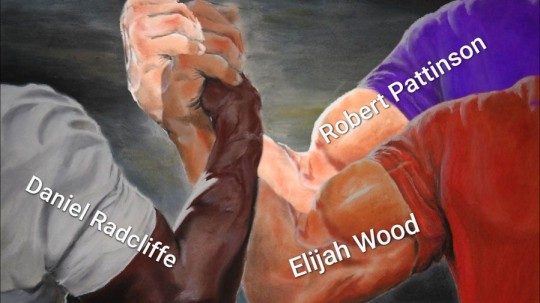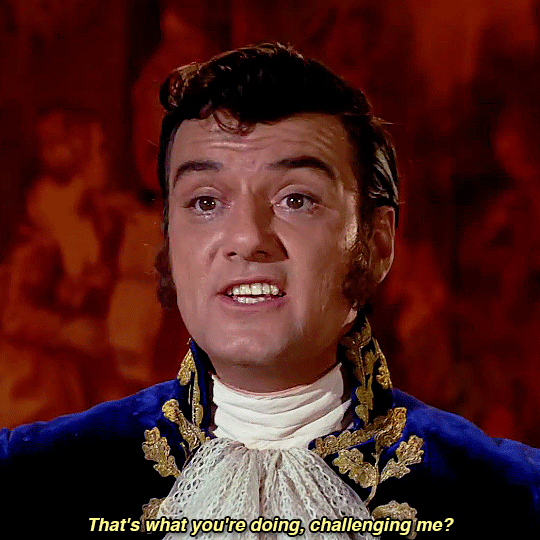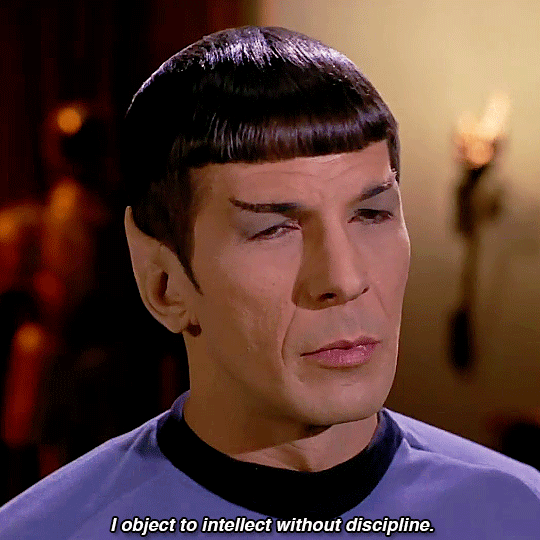the og burt's bees bi | not your lawyerA Lady & A Goddamn Adultbigots & bots get auto-blocked
Last active 60 minutes ago
Don't wanna be here? Send us removal request.
Text
Trying to inflict psychic damage to a tumblr user is like trying to irradiate a cockroach, like it can be done, but the lethal dose is not safe for humans either
24K notes
·
View notes
Text
women’s bodies weren’t “made” to do anything, nature didn’t “intend” anything, no human action is “unnatural” and there is no inherent “purpose” to a human life
46K notes
·
View notes
Text

I don't care if it's overdone I support Dev Patel's establishment of a Righteous Vengeance Cinematic Universe. Look at him
10K notes
·
View notes
Text
Love how tumblr has its own folk stories. Yeah the God of Arepo we’ve all heard the story and we all still cry about it. Yeah that one about the woman locked up for centuries finally getting free. That one about the witch who would marry anyone who could get her house key from her cat and it’s revealed she IS the cat after the narrator befriends the cat.
358K notes
·
View notes
Text
I work retail, and have for many years now. I'm not an easily fazed person and have a Talk No Shit, Take No Shit mentality. However, I also have a pretty intense anxiety disorder on top of other mental health issues and when I started 6+ years ago there were some customers who got to me.
So, to all the workers facing Karens and Kens out in the wild, here's my advice - cry.
If you have the type of relationships with your coworkers and managers that will support you, don't try to hold it in. Cry like the overworked, underpaid peon you are.
Nothing terrifies an asshole Karen like the indisputable proof that their actions/words are affecting you as a real live person. They feel perfectly entitled to cuss out a cashier over a wrong order/no cash policy/ face mask mandate but when that person starts to cry and asks them why they'd say such mean things? A whole other story, my friend.
There's no way to make that situation look good to the manager they demanded to speak with, either. My manager literally got a security guard fired for being so verbally abusive he made one of her employees cry.
This strategy has multiple benefits -
1. You're not standing there trying to pen up your emotions, crying is a great physical release for negative emotions and you may very well feel somewhat better afterwards.
2. The person who precipitated the situation is forced to not only see you as a person with feelings, but also has to confront the fact that their abuse has consequences beyond themselves.
3. It can actually give your higher-ups leverage to address these situations. 'They yelled at my employee' is one thing, but 'They yelled at my employee until they were in tears' is a waaaaay worse offense. A good manager can use that. Hell, it can get a security guard fired!
tl;dr: We live in a capitalist hell but we can work the system and cry at work to shame awful customers
122K notes
·
View notes
Text
Double Income No Kids used to be seen as a kind of lavish lifestyle, now it’s like…a requirement to have any remote chance at financial stability
36K notes
·
View notes
Text
sexy knights. sexy wounded knights. sexy wounded weary knights. sexy wounded weary knights in the rain. sexy wounded weary knights in the rain pledging their loyalty to you.
40K notes
·
View notes
Text
the self-indulgent fanfiction will continue until morale improves
31K notes
·
View notes
Text
nothing scarier than being a fan of a fic and then becoming mutuals with the author. like hi shakespeare. big fan of your fake dating au
51K notes
·
View notes
Photo






Veronica Lake’s costumes as Jennifer in I MARRIED A WITCH (1942) Costume Design by Edith Head
2K notes
·
View notes
Text

Following up a career and era-defining fantasy franchise leading role with a steadfast commitment to playing weird little freaks.
16K notes
·
View notes
Text
you can live anywhere within your chosen city, as long as it’s within the city limits.
10K notes
·
View notes
















